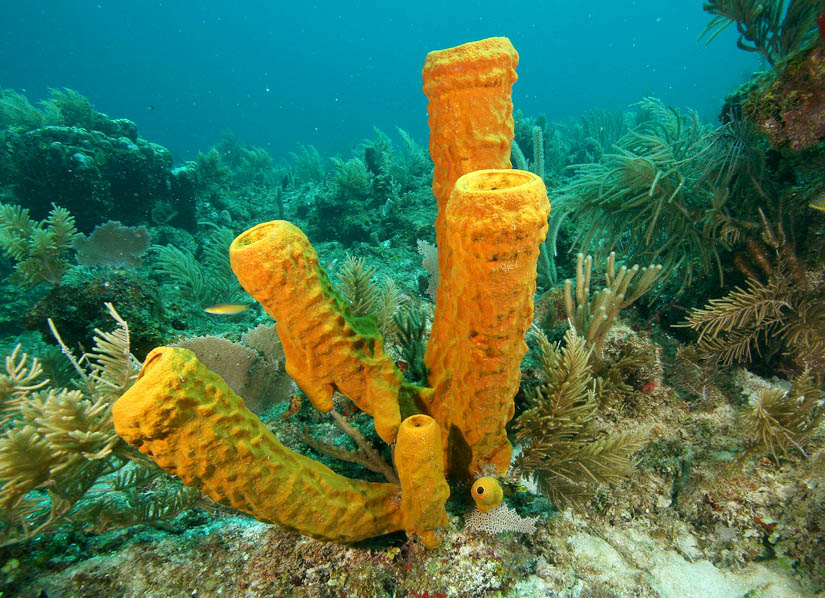Today some of Sprigg's original Ediacaran specimens, along with many of the other fifteen hundred specimens that have been found throughout the Flinders Range since that time, can be seen in a glass case in an upstairs room of the stout and lovely South Australian Museum in Adelaide, but they don't attract a great deal of attention. The delicately etched patterns are rather faint and not terribly arresting to the untrained eye. They are mostly small and discshaped, with occasional, vague trailing ribbons. Fortey has described them as "soft-bodied oddities."

There is still very little agreement about what these things were or how they lived. They had, as far as can be told, no mouth or anus with which to take in and discharge digestive materials, and no internal organs with which to process them along the way. "In life," Fortey says, "most of them probably simply lay upon the surface of the sandy sediment, like soft, structureless and inanimate flatfish." At their liveliest, they were no more complex than jellyfish. All the Ediacaran creatures were diploblastic, meaning they were built from two layers of tissue. With the exception of jellyfish, all animals today are triploblastic.












